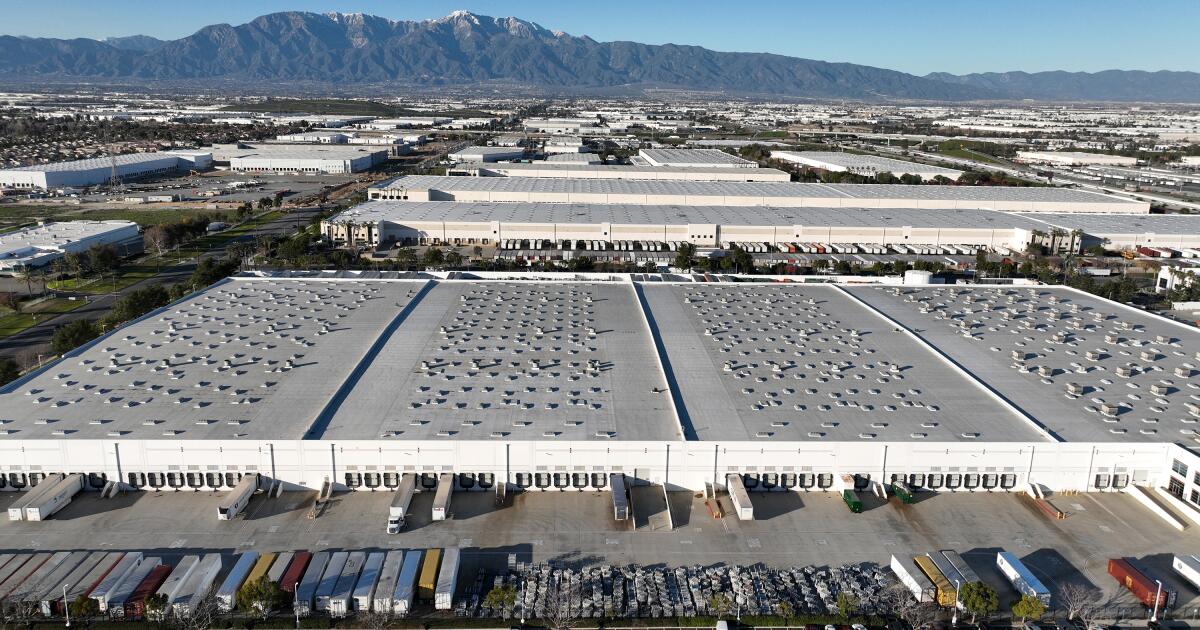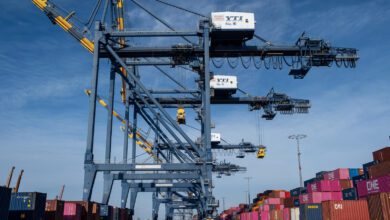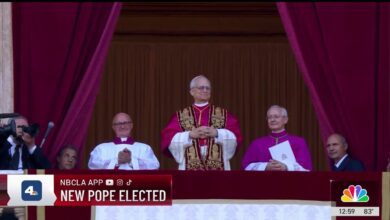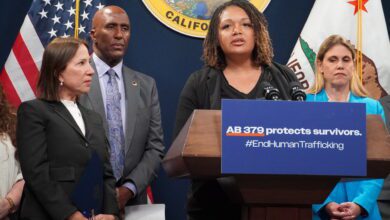Opinion: Amazon’s Inland Empire takeover is corporate manipulation

Warehouses, trucking and other aspects of the logistics industry have taken over much of the real estate in the Inland Empire in recent years, and now we know the industry has been trying to dominate local government as well. The people of Southern California are at risk of being drowned out by a corporate “community engagement” program.
A leaked memo from within Amazon details the company’s public relations efforts to sway decisions in the region to serve its own interests. The plan for 2024 included strategic donations, currying favor with local politicians, methods of cultivating allies and placing of “Amazonians” within community groups and local boards like sleeper spies. Together, these are intended to overcome vocal community opposition to Amazon’s labor exploitation and union-busting tactics and the environmental harms of warehouse proliferation.
The memo puts into words what environmental justice advocates have known all along: what we have traced through political donation patterns, what is facilitated by legal loopholes. The memo gives shape to invisible protagonists who have tilted city council loyalties toward outside developers instead of residents. These tactics are not illegal for the most part. But Amazon’s memo is a stark representation of the kind of manipulation that has systematically eroded community voices in places like the Inland Empire.
I’ve been active in community engagement education and advocacy in the Inland Empire for more than 20 years. In January, I co-wrote a letter to Gov. Gavin Newsom and an accompanying report signed by more than 60 environmental, community and labor organizations detailing a warehouse-fueled public health crisis within the Inland Empire. That report was a plea for state intervention in a landscape whose open spaces have been swallowed by the logistics industry, where massive warehouses are placed within feet of homes and schools. This metamorphosis harms the health and daily lives of mostly people of color.
It’s obvious why Amazon would want to grease the wheels of government in the Inland Empire. The e-commerce giant relies on the region to store, process and ship products. The Inland Empire has a 1.6 billion square foot warehouse footprint, which attracts more than 535,000 truck trips per day. These produce greenhouse gas emissions, pollution (air, noise, light), damage to infrastructure and traffic. Lots of traffic.
The logistics industry contributes to the region’s inability to achieve air quality goals, a healthy and diverse economy, pathways out of poverty, educational equity or solutions to historical environmental disadvantages. And yet residents’ concerns about these and other issues are at risk of being eclipsed by powerful outside corporations able to mount influence campaigns for their own agendas, such as further development of warehouses and truck-friendly infrastructure.
This sort of corporate influence is not new. In 1969, a public policy analyst, Sherry Arnstein, defined what she called the “Ladder of Citizen Participation.” Her model differentiated between “citizen control” on the highest rung and “manipulation” on the lowest. Community input, she said, had become an “empty ritual of civic participation” — a meaningless checking of boxes. The public participates in public comment processes at highly controlled times, after projects have been developed behind the scenes for months or sometimes years. Residents’ voices are ignored; officials consider true collaboration a waste of time.
Last spring, my students and I created a graphic that updated Arnstein’s language so that a contemporary audience could grasp her concepts at a glance. We included terms such as stonewalling, ghosting, love bombing and mansplaining.
Amazon’s community engagement plan is a textbook example of Arnstein’s bottom-most rung: manipulation — what we called “gaslighting.” Like gaslighting, manipulation is about educating, persuading and advising uninformed residents about what they should want. These campaigns prime a community to accept corporate wishes and to question contradictory voices that reflect real community knowledge or concerns. This infantilizes local voices, making concerned residents seem irrational, uninformed or hysterical, their complaints unfounded, ridiculous and easily dismissed. Community voice is tokenized, ignored or co-opted.
Despite insightful scholarship on this process 50 years ago, many underinvested regions such as the Inland Empire have continued to see a growing influence of private, corporate dollars in local decision-making. The campaigns undermine community voices, divide the working class and shift the allegiance of city council members and other officials toward corporate development.
Amazon’s perversely named “community engagement” plan is really aimed at shielding officials from community input.
Elected and unelected officials can take simple steps to counter these campaigns and ensure that constituents’ voices are considered in local decisions. Meaningful engagement should be both an aspirational goal and an everyday practice. Officials can create systems to involve community members early and often in the planning process, giving them a seat at the table the moment projects are pitched. Inland Empire residents deserve to be treated as experts in their own lives and in the built environments of their neighborhoods.
Community engagement needs to be more than a public-comment period or an online survey. It requires time, trust and a bigger-picture vision for the future. I’m confident that residents’ vision would skew toward serving the children of the Inland Empire, not its warehouses.
Susan A. Phillips is a professor of environmental analysis and director of the Redford Conservancy at Pitzer College.




